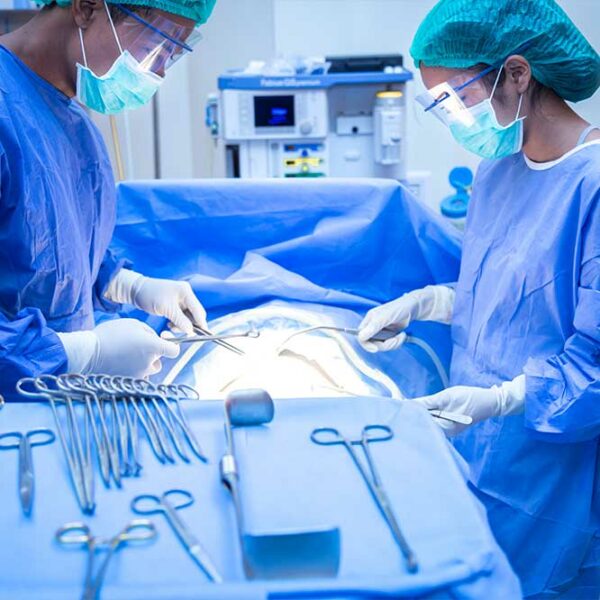
Lumbar Revision Surgery
Lumbar Revision Surgery is a specialized procedure performed to address and correct issues that may have arisen following a previous lumbar surgery. It is tailored to individuals who continue to experience pain, instability, or complications despite a previous surgical intervention. Lumbar Revision Surgery is commonly performed to address complications or inadequate outcomes from:
- Previous Fusion Surgeries
- Failed Fusion
- Hardware Issues
- Spinal Instability




